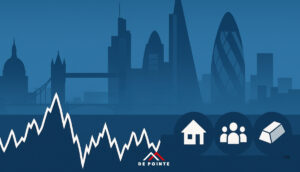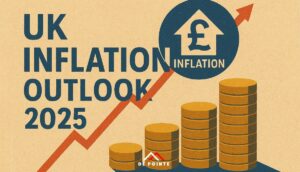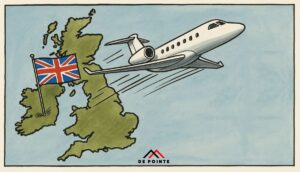Article

Bill Gates, the visionary co-founder of Microsoft, is not just a titan in the technology world. Beyond his groundbreaking work at Microsoft and extensive philanthropic efforts, Gates has cultivated a deep interest in alternative assets, particularly in the art market. This strategic investment move not only showcases his appreciation for art but also his savvy approach to wealth diversification. With an art collection valued at over $127 million, Gates exemplifies how art can serve as a significant and stable investment.
The Highlights of Gates’ Art Collection
The Microsoft Co-Founder’s’ art collection is a testament to his refined taste and strategic foresight. Among his notable acquisitions is Winslow Homer’s “Lost on the Grand Banks,“ which he purchased in 1998 for $36 million—a record-breaking amount at the time. This painting is celebrated for its depiction of the harsh yet beautiful maritime life, capturing the essence of human struggle and nature’s majesty.
Another crown jewel in Gates’ collection is Leonardo da Vinci’s “Codex Leicester,“ a scientific journal dating back to the early 16th century. Gates acquired this artefact for a staggering $30.9 million. The “Codex Leicester“ is renowned for its detailed scientific observations and drawings, reflecting da Vinci’s genius and curiosity.
Additionally, Gates has invested in George Bellows‘ “Polo Crowd,“ purchased for $27.5 million, and Childe Hassam’s “Room of Flowers,“ bought for $20 million. These pieces not only enhance the aesthetic value of his collection but also represent significant historical and cultural milestones.
Why Art? The Strategic Appeal
Art investment offers several benefits that align with Gates’ broader financial strategy for his Microsoft fortune. Art is an asset class that is uncorrelated with the stock market, providing a hedge against inflation and market volatility. This characteristic makes art a valuable addition to any diversified investment portfolio, offering stability during economic fluctuations.
Moreover, art’s intrinsic value—rooted in its uniqueness, scarcity, and cultural significance—makes it a reliable store of wealth over time. High-net-worth individuals like Gates are drawn to art for its ability to preserve wealth and its potential for significant appreciation. Art investments also offer privacy, as purchases can often be made anonymously, adding an additional layer of discretion to financial activities.
Market trends further support the appeal of art investments. The global art market has demonstrated resilience, rebounding strongly after the pandemic. In 2021, art sales increased by 31% from the previous year, driven by robust demand from billionaires whose wealth grew significantly during the pandemic.
Art Investment on the rise
The graph above details the growth in volume and value of Global Art sales from 2009 to 2022, as seen in the UBS Art Market Report.
The Role of Technology in Art Investment
Technology, a field where Gates has unparalleled expertise, has also played a pivotal role in transforming the art investment landscape. Platforms like Masterworks are democratising the art market by securitising iconic masterpieces, allowing investors to purchase fractional shares of high-value artworks. This approach lowers the entry barrier for art investment, making it accessible to a broader range of investors.
Masterworks, for example, uses proprietary data and a team of experts to identify and acquire artworks by renowned artists such as Banksy and George Condo. Once these pieces are securitised and listed on their platform, investors can purchase shares, benefiting from the potential appreciation of the artwork’s value over time. This model aligns well with Gates’ vision of leveraging technology to create new opportunities and democratise access to valuable assets.
Art Market Trends and Future Outlook
The art market’s future looks promising, with continuous growth and increasing investor interest. According to a report by UBS and Art Basel, online art sales reached approximately $11.8 billion in 2023, a 7% increase from the previous year. This digital shift has been instrumental in sustaining market momentum and expanding the investor base.
The report also highlights that 80% of surveyed billionaires plan to maintain their art investments, while 11% intend to increase their exposure in the coming year. Art dealers share this optimism, with a significant percentage forecasting sales growth in 2024. The US, China, and the UK remain the largest auction markets, accounting for a substantial share of global art sales.
In conclusion, Bill Gates’ investments in art underscore the strategic value of alternative assets in wealth management. His approach reflects a blend of passion for art, strategic financial planning, and the innovative use of technology to enhance investment opportunities. For Microsoft enthusiasts and investors alike, Gates’ art collection offers a fascinating glimpse into how the principles of diversification and innovation can be applied beyond the tech industry.






